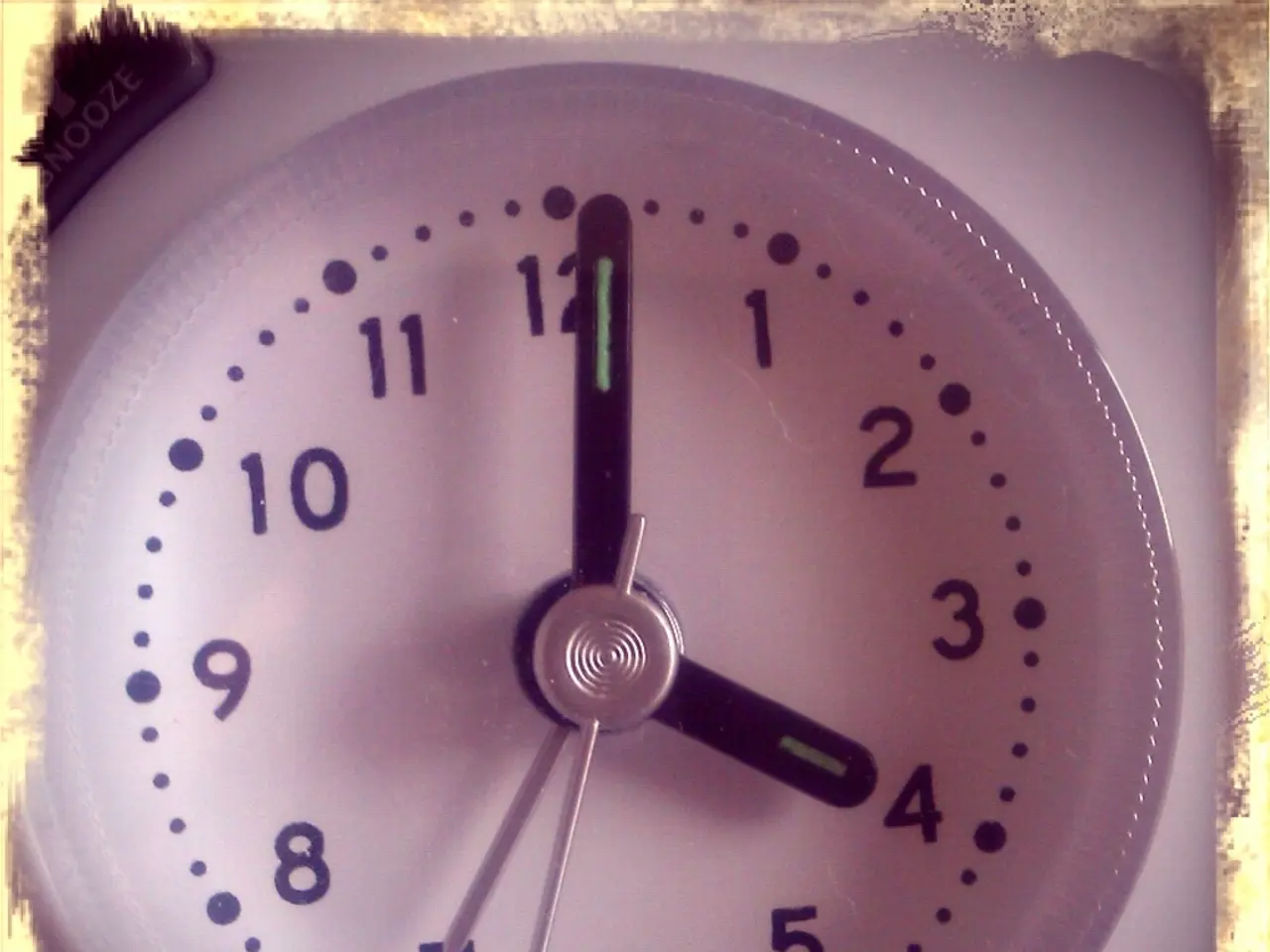60 Beats Per Minute Limit Enforced in 2025 One Hertz Challenge: Rhythm Regulation
In the realm of timekeeping, water, as an incompressible fluid, continues to flow in predictable patterns, much like it did thousands of years ago. From Ancient Egypt's dripping stone pots to the mechanically-complicated Greco-Roman Clepsydrae, mankind has long used water to mark the passage of time. Today, this ancient practice has found a new lease of life in the world of microfluidics.
The concept of a water clock, in its modern microfluidic form, is still captivating makers and innovators. A recent project, for instance, showcases a clock that uses a solenoid to pop the plunger out of a water-filled syringe, allowing a drop to fall. This creation, controlled by a Raspberry Pi Pico and a motor driver board, stands as a testament to the enduring allure of water clocks.
While direct replicas of electromechanical water clocks in microfluidics are yet to be found, there are numerous projects that share a striking resemblance in terms of precision fluid control and mechanical integration at the microscale.
One such example is the organ-on-chip devices. These microfluidic systems precisely control fluid flow to culture and monitor organoids over long periods, often incorporating microscale fluidic channels with mechanical pumps or valves to replicate physiological flows.
Another example is droplet microfluidics with active control. Devices that generate, manipulate, and sort droplets in microchannels often use precise flow control and active forces such as electric fields for particle or cell sorting.
Hybrid active-passive microfluidic systems, which combine microfiltration and electric microfluidics, also actively manipulate particles using external forces, mimicking the mechanical and flow control in water clocks.
These examples, while differing in purpose from a traditional electromechanical water clock, share a common thread - the use of microscale fluid flow combined with mechanical or active regulation, echoing the spirit of combining microfluidics with mechanical timing or control mechanisms.
Innovation in this field continues to thrive. John Whitaker, a participant in the One Hertz Challenge, which is still open for entries in 2025, created an electromechanical clock that uses dripping water as an indicator. For added visual flair, he added food coloring to the dripping water, resulting in a "lovely lava lamp-esque cloud" when the first few drops hit the beaker.
As we delve deeper into the realm of microfluidics, the potential for creative and functional water clocks continues to grow. Future improvements to the clock include a 1/60 Hz beaker changer and a 1/600 Hz spill cleaner, promising even more intricate and visually appealing timekeeping devices.
With the combination of ancient wisdom and modern technology, the water clock is not just a relic of the past, but a living testament to the ingenuity and creativity of mankind.
- The Raspberry Pi Pico and motor driver board, used in a recent water clock project, demonstrate how modern technology is being applied to reinvent age-old water-based timekeeping methods, such as electromechanical clocks.
- Advancements in data-and-cloud-computing and artificial-intelligence are likely to further transform water clocks in the future, bolstering their precision and visual appeal, much like the addition of food coloring to John Whitaker's One Hertz Challenge entry.




